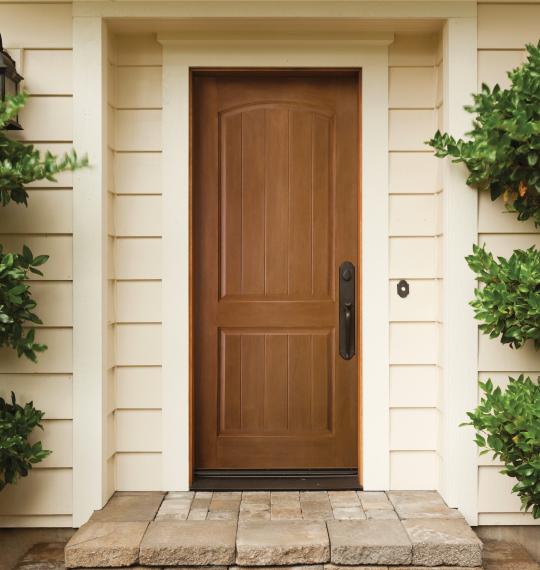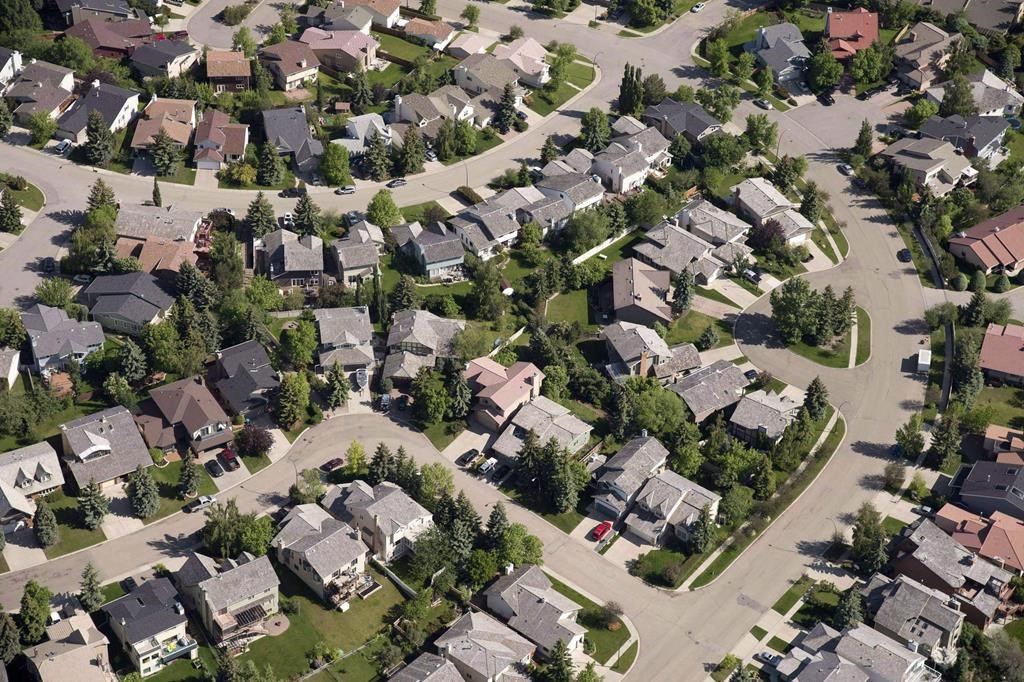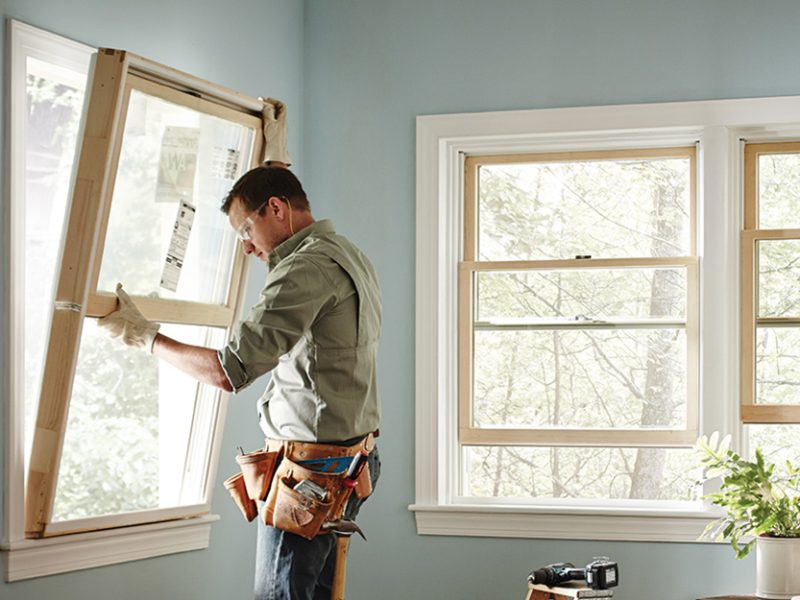Heating, Ventilation, and Air Conditioning (HVAC) systems are crucial for maintaining a comfortable indoor environment. However, they are also significant contributors to energy consumption in buildings. Strategic placement of doors and windows can greatly enhance HVAC efficiency, le he has a good point ading to energy savings and improved indoor comfort. This article explores the impact of door and window placement on HVAC efficiency through a detailed case study.
Understanding HVAC Systems
HVAC systems are designed to control the indoor climate and ensure air quality in buildings. They account for a substantial portion of energy usage in both residential and commercial properties. Efficient HVAC systems not only reduce energy consumption but also extend the lifespan of the equipment and decrease maintenance costs.
The Role of Door and Window Placement in HVAC Efficiency
The placement of doors and windows significantly affects the thermal performance of a building. Properly positioned windows and doors can optimize natural ventilation and sunlight, reducing the reliance on mechanical heating and cooling systems.
- Natural Light Utilization: Maximizing daylight reduces the need for artificial lighting.
- Ventilation: Strategic window placement enhances cross-ventilation, which can help in cooling the building naturally.
Benefits of Optimized Door and Window Placement
Optimizing the placement of windows and doors offers several benefits:
- Energy Savings: Reduces the energy required for heating and cooling.
- Enhanced Comfort: Improves the overall thermal comfort of the indoor environment.
- Cost Reduction: Lowers utility bills and decreases wear and tear on HVAC systems.
Case Study Analysis
A detailed analysis of a building retrofit where changes were made to the placement of doors and windows to improve HVAC efficiency:
- Pre-Retrofit Scenario: Description of the building’s original state and its energy consumption.
- Changes Implemented: Specific alterations made to door and window placements.
- Post-Retrofit Performance: Analysis of energy savings and improved comfort levels.
Results and Discussion
The case study revealed significant improvements in energy efficiency and indoor comfort. Energy consumption was reduced by approximately 30%, and thermal comfort levels were enhanced due to better air distribution and natural light.
Best Practices for Door and Window Placement in Different Climates
Different climates require different strategies for optimal placement of doors and windows:
- Cool Climates: Focus on maximizing solar gain during the winter months.
- Warm Climates: Prioritize shading and natural ventilation to reduce cooling loads.
Challenges and Considerations
While strategic placement of doors and windows offers many benefits, there are challenges to consider:
-
- Architectural Limitations: Structural constraints of the building.

- Aesthetic Concerns: Balancing energy efficiency with design preferences.
Future Trends in HVAC Design
Emerging trends in HVAC design include the integration of smart technologies and the use of sustainable materials. These innovations promise to further enhance energy efficiency and operational effectiveness.
Conclusion
Strategic placement of doors and windows is a vital component of energy-efficient building design. This case study demonstrates that with careful planning and implementation, significant improvements in HVAC efficiency can be achieved, leading to substantial energy savings and enhanced indoor comfort.

Hello and welcome! I’m Michael Liebe, the proud founder of EveryDetail Installations. With over 15 years of hands-on experience in the door and window installation industry, I’ve dedicated my career to tackling the intricate challenges of custom installations, ensuring each project not only meets but exceeds the highest standards of functionality, style, and energy efficiency.


